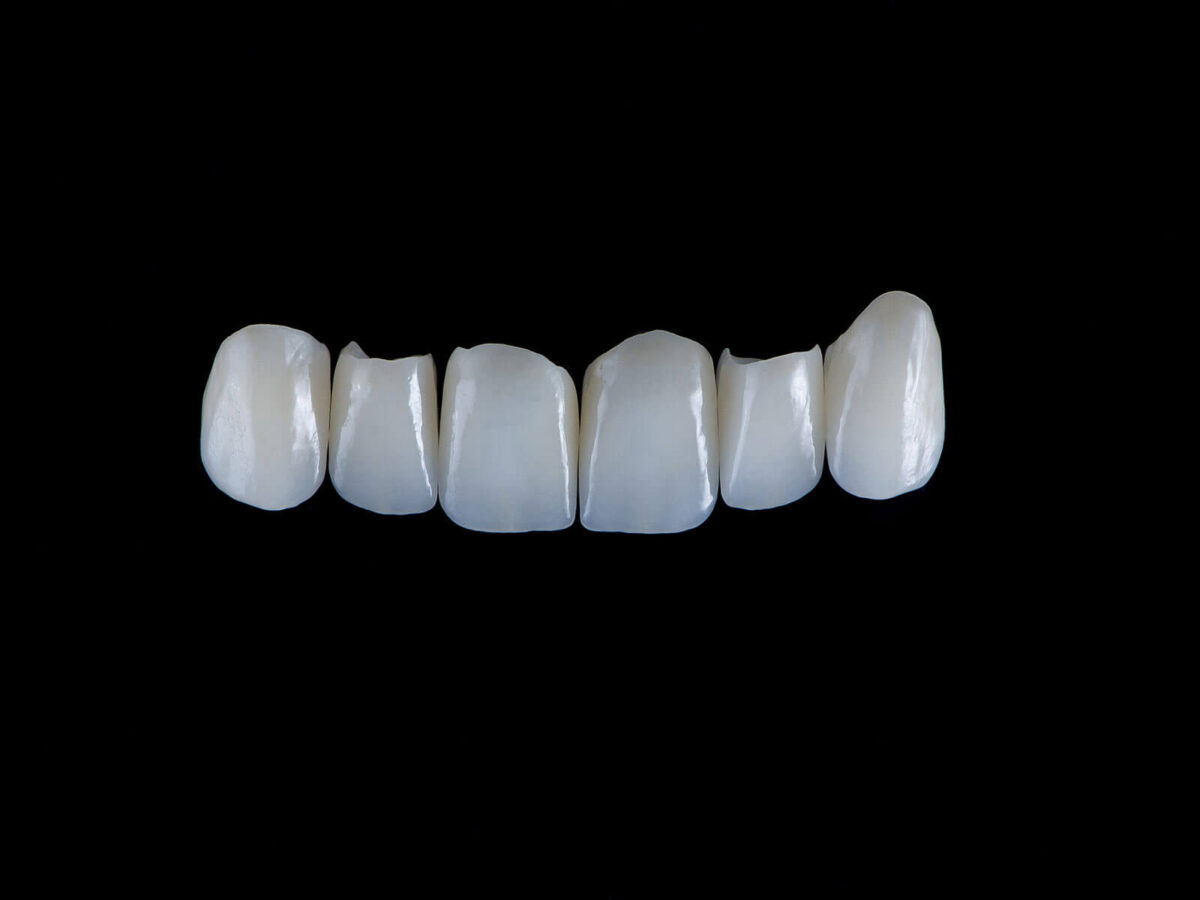Blog
Dental hygiene tips for healthy teeth & gums

The Role of Dental Crowns In Restorative Dentistry
Restorative dentistry improves oral health and functionality by correcting numerous dental disorders. Dental crowns, or caps, are essential in restorative dentistry because they provide a diverse and effective method for restoring damaged or impaired teeth. This comprehensive blog looks into the relevance of dental crowns in restorative dentistry, investigating its advantages, applications, and contribution to oral health maintenance.
Role of Dental Crowns In Restorative Dentistry
1. Understanding Restorative Dentistry:
a. Purpose and Scope: Restorative dentistry is concerned with repairing and restoring damaged or missing teeth. It includes a variety of procedures designed to improve both the appearance and functionality of the oral cavity.
2. Dental Crown Versatility:
a. Comprehensive Restoration: Dental crowns provide a comprehensive therapeutic option for teeth with extensive decay, fractures, or structural damage. They provide strength and protection by encapsulating the entire visible area of the tooth.
b. Cosmetic Enhancement: Dental crowns are used for cosmetic objectives, such as enhancing the appearance of teeth with discoloration, irregularities, or aesthetic issues, in addition to their functional role. Crowns are flawlessly customized to fit the color and shape of natural teeth.
3. Dental Crown Benefits in Restorative Dentistry:
a. Tooth Structure Preservation: Dental crowns retain the healthy tooth structure by enclosing and protecting it from further harm. This eliminates the need for more invasive procedures such as extractions.
b. Functional Restoration: Crowns restore the functionality of damaged teeth, allowing patients to bite, eat, and talk confidently. Crowns’ durability enables the effective restoration of normal oral function.
c. lifespan and resilience: Dental crowns are well-known for their resilience and lifespan. Crowns can endure the stresses of regular biting and chewing for many years if properly cared for.
d. Stability and Support: Crowns stabilize weakened or impaired teeth, limiting further degeneration. They support teeth that have undergone operations such as root canal therapy.
e. Aesthetic Improvement: Dental crowns help to improve aesthetics by correcting concerns such as extreme discoloration, misaligned teeth, or gaps. The personalized design guarantees a natural and harmonious appearance.
4. Common Dental Crown Applications:
a. Protection Following Root Canal Therapy: Teeth with root canal therapy may become brittle. Dental crowns safeguard the tooth’s integrity by providing protective coverage.
b. Severely Decayed Teeth Restoration: Teeth with extreme decay may lose significant structure. Dental crowns replace these teeth, preventing additional decay and providing a solid chewing surface.
c. Bridge Support: Dental crowns act as abutments for dental bridges, providing support and stability to the replacement teeth. They secure the bridge to nearby natural teeth.
d. Dental Implant Coverage: Dental implants, which replace missing teeth, are frequently capped with crowns to replicate the appearance and function of natural teeth.
e. Cosmetic Correction: Crowns address cosmetic issues by covering teeth with significant discoloration, irregular forms, or visible flaws. They produce a consistent and aesthetically attractive smile.
5. The Procedure for Placing a Dental Crown:
a. Tooth Preparation: The affected tooth is prepared before a dental crown is placed by removing damaged or decaying areas. The tooth is sculpted to fit the crown.
b. Impressions: Impressions are made of the prepared tooth to generate a precise mold for the dental crown. These imprints create a customized crown that fits the patient’s bite and aligns with nearby teeth.
c. Temporary Crown Placement: A temporary crown can be put while the permanent crown is being made. This temporary crown protects the prepared tooth while also maintaining its appearance.
d. Permanent Crown Bonding: Once the permanent crown is complete, it is firmly cemented to the prepared tooth with dental cement. To ensure optimal function and look, the fit is rigorously tested.
6. Dental Crown Maintenance:
a. Maintain Regular Oral Hygiene Practices, including Brushing and Flossing, to minimize plaque development around the crown borders. This increases the restoration’s lifespan.
b. Dental crowns, while durable, are susceptible to excessive force. Avoid chewing on hard items or using your teeth to open packages. Wearing a mouthguard during activities that pose a risk of impact or injury is recommended.
c. Schedule frequent dental check-ups to allow the dentist to analyze the status of the dental crown and resolve any difficulties as soon as possible. Routine examinations add to the restoration’s overall success.
Conclusion:
Dental crowns are essential in restorative dentistry, providing a versatile and practical option for oral health preservation and augmentation. Crowns give benefits beyond practicality, from total restoration to cosmetic enhancement. Because of their durability, longevity, and ability to replicate natural teeth, they are an essential component in managing various dental issues. Patients can make informed decisions about their oral health and work cooperatively with their dentists to obtain long-lasting and aesthetically acceptable results by knowing the relevance of dental crowns in restorative dentistry.


